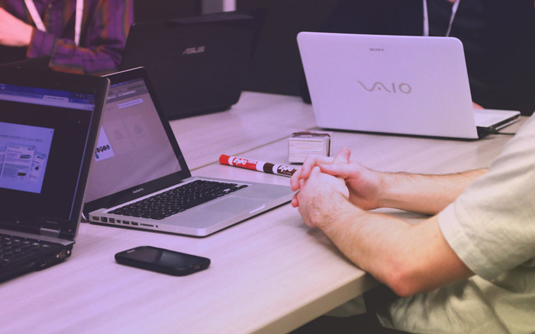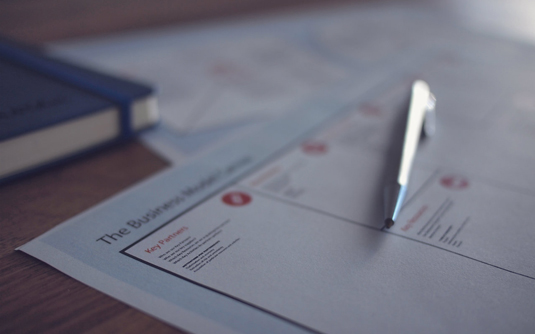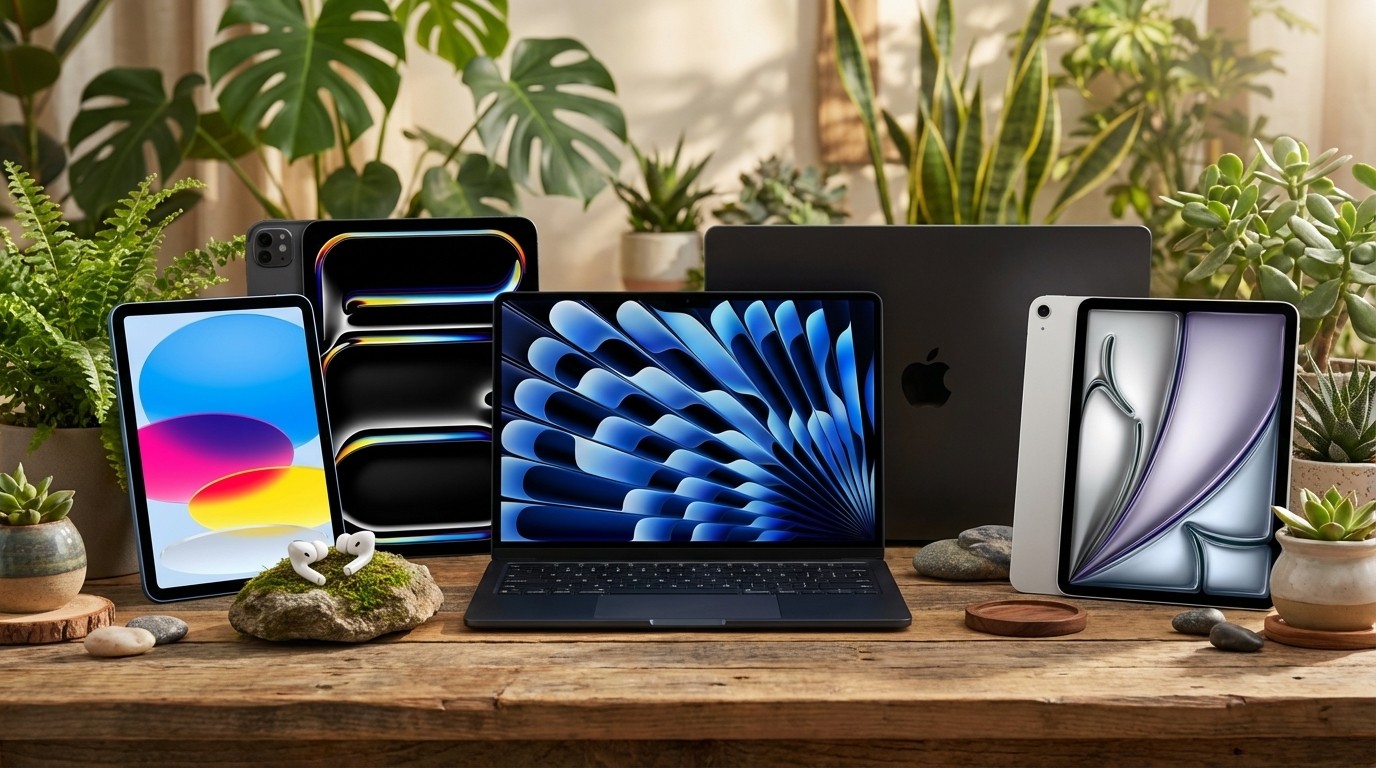6 ways to critique your own design
Clark Wimberly outlines the ways that you can get that vital feedback as you design.
Few things are more stressful to me than a design critique. From that pressure, though, comes new viewpoints, action items, and an overall tighter product.
Collaboration is one of the hallmarks of the new design process. No longer can designers disappear into a hole for six months, reemerging only when a pristine set of PSDs is ready.
Here at InVision, we believe a successful design incorporates lots of viewpoints, and critiques are a great way to collect those. Design reviews happen early and often.
Without a team to provide constant feedback, it can be hard to navigate in the dark. But there are plenty of ways to critique your own design as you go. Stopping to check the map is so much better than having to double-back after it seems like your trip is over.
01. Stay current with trends
Size up your design by measuring your work against successful products. Staying current with trends isn't just about knowing what looks nice – it's understanding why and how a solution is working for a product.
One of my favorite places to dig up inspiration is Dribbble, a show-and-tell social network for designers. While the work on Dribbble is nice, the real magic comes when you look closely at a user. Check out their blog. Follow them on Twitter. Look at their agency's portfolio.
A great rule of thumb when you encounter a design you love: don't just remember it, remember why you liked it. Understanding the underlying math of any design and conversion trend is key to using it properly for yourself.
Daily design news, reviews, how-tos and more, as picked by the editors.

02. Consider the questions
Imagine questions your client might ask the first time they see your design. Now think of a way to prevent those questions from ever being asked to begin with.
But don't get tripped up in an explanation. Instead of using words to fix a shortcoming, fix it with design – it'll go a lot further with your client (and their users).
When working alone on a project, I'll sometimes stop to make an outline for an imaginary presentation. It takes about five minutes, and it shows which areas of my work I think will need extra explanation. When I'm ready to get back to work, I know exactly which areas need targeting.
Even more important than being in your client's head? Being inside the head of your client's customer. That's user experience in a nutshell: squash the hurdles that might cost you a user.
03. Consider the users
One of my favorite time-tested UX techniques is the persona: an imaginary person who uses your product. Walk a mile in their shoes, and you'll see things you otherwise might have missed.
Not all projects have the budget and time to go deep with lots of personas and storyboards. When you're flying solo, try collecting a go-to set of personas – a varied set of users you carry with you from project to project.
My quick persona set includes some of my family members, since I've had the benefit of watching them interact with tech for years. Even better: it's a seriously varied crowd, as any good persona set should be.

My brother works in the mobile industry and understands apps like the back of his hand. My dad is an old-school computer networker, comfortable in a command line but new to touch devices. My mom is a kindergarten teacher, sharp as a whip but just getting comfortable with email and Facebook.
A solid set of personas helps keep design accessible. Each time I hit a sticky situation in the design process, I try to consider things from every viewpoint. Would my mom know what this icon means? Would my brother care?
04. Check with non-web friends
Watching someone actually use your product (or prototype) is even better. Live user testing doesn't have to be some big, complex process – just whip out your phone at a party and ask your friend what they think.
Sure, parties seem like a weird environment for light user testing, but hear me out. It's your job – people are generally interested in what you do. It takes less than a minute, and it's way more fun than talking about the weather.
As the night goes on, and perhaps a few drinks are consumed, the test results get even better. A drunk friend using your app is the perfect analog for the confused, impatient user who leaves you a huffy one-star review.
Outside of parties, app development makes for surprisingly good small talk. Most everyone you encounter nowadays has a smartphone in their pocket, and you'll find many enjoy talking at length about their experiences.
If you're lucky enough to find someone that fits the bill, don't be shy to ask about your app – their responses might surprise you.
05. Ask for feedback online
If you're working on a project alone, you've still got a worldwide team at your disposal: the Internet. Collect early feedback by posting progress to services like Dribbble and Behance. Or whiteboard with InVision.
I often find myself sharing bits of a project online before I share with a client. It's a chance to do some quick and dirty user testing, and a way to measure reactions with fairly minimal "risk."

Even funded startups have taken to sharing the design process online. Product Hunt posted interactive InVision prototypes and invited their community of thousands to start aggressively critiquing. The outcome was a tight, focused product launch that met the community's needs.
Another one of my favorite trends I see emerging are public Slack teams. I'm currently in three or four Slack teams (one for my job, one for a local group of startup workers, one for an online community of design folks, etc.).
I'm finding these Slack teams function like a virtual coworking space. At any given time of day, there are dozens of nice people willing to answer questions, provide feedback, and take a peek at designs for a quick gut check.
Bonus: I've found the local group great for taco recommendations.
06. Take it to the team
Critiques are meaningless if you don't act. Which is why we need to critique early and critique often. Continually ask why. Fixing a problem before becoming overly invested saves time and stress.
Even the best designers can benefit from a strong backing team. When you hit a wall, take it to the team – even if that team consists of imaginary people or an Internet messageboard.
Words: Clark Wimberly
Clark Wimberly is a UX designer in Austin, TX. Equal parts freelance, startup, and agency, he's been rebuilt into a content producer with a designer-friendly interface.
Like this? Read these!
- Design your own UI kit
- Useful and inspiring flyer templates
- Free Photoshop brushes every creative must have

The Creative Bloq team is made up of a group of art and design enthusiasts, and has changed and evolved since Creative Bloq began back in 2012. The current website team consists of eight full-time members of staff: Editor Georgia Coggan, Deputy Editor Rosie Hilder, Ecommerce Editor Beren Neale, Senior News Editor Daniel Piper, Editor, Digital Art and 3D Ian Dean, Tech Reviews Editor Erlingur Einarsson, Ecommerce Writer Beth Nicholls and Staff Writer Natalie Fear, as well as a roster of freelancers from around the world. The ImagineFX magazine team also pitch in, ensuring that content from leading digital art publication ImagineFX is represented on Creative Bloq.
